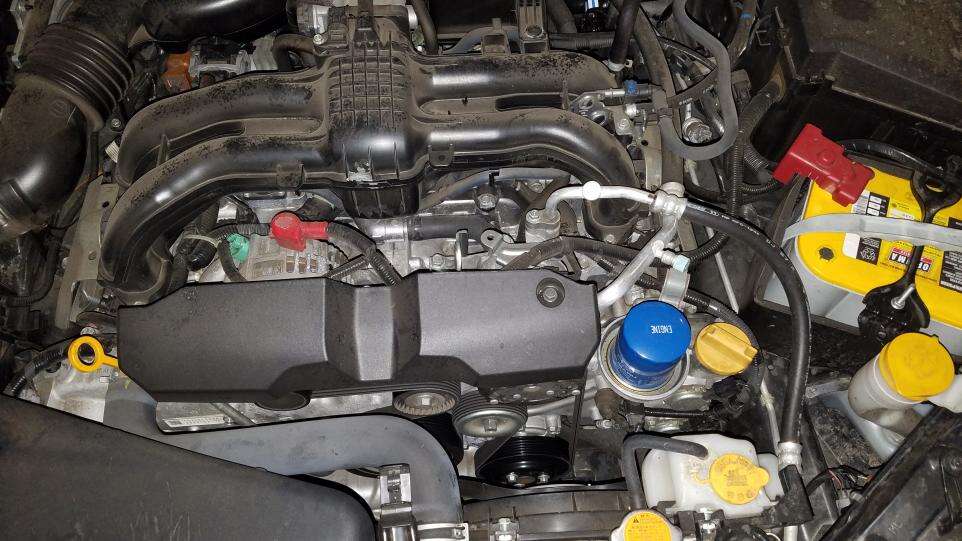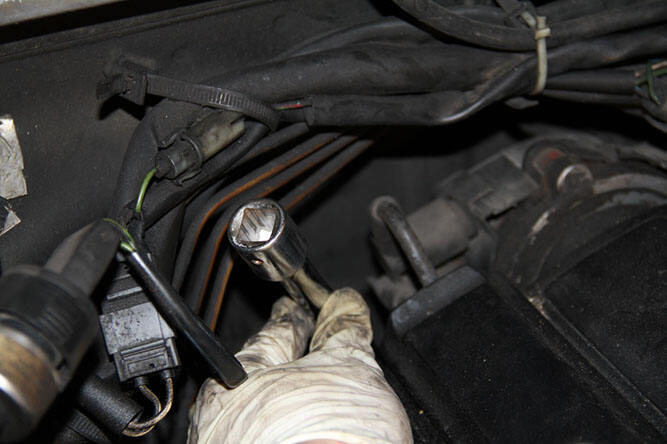Why the Crankshaft Position Sensor is Critical to Engine Performance
The crankshaft position sensor (CKP) plays a vital role in monitoring the speed and position of the crankshaft, providing essential data to the engine control unit (ECU). If this sensor fails, it can lead to misfires, stalling, or even prevent your engine from starting altogether. Using tools specifically designed by the Original Equipment Manufacturer (OEM) ensures precise replacement, restoring smooth engine operation and preventing the need for costly repairs in the future.
What Does the Crankshaft Position Sensor Do?
The CKP sensor tracks the rotational speed and position of the crankshaft. This information enables the ECU to:
-Time fuel injection and ignition sparks accurately.
-Monitor engine speed (RPM).
-Detect misfires or timing issues.
When the sensor malfunctions, the ECU loses this critical data, resulting in poor engine performance.

Signs Your Crankshaft Position Sensor is Failing
Don't wait for a complete breakdown; watch for these symptoms:
-Engine misfires or rough idling.
-Stalling or difficulty starting.
-Check engine light.
-Reduced fuel efficiency.
When to Replace:
-Every 100,000 miles or as recommended by your vehicle manual.
-Immediately if any of the above symptoms arise.
Why OEM-Specific Tools Are Essential for Replacement
The CKP sensor is often located in tight, hard-to-reach areas. Using OEM-specific tools ensures:
-Proper fitment, avoiding damage to the sensor or wiring.
-Precise alignment, which is critical for accurate readings.
-Time savings, as these tools are designed for your vehicle’s unique layout.

Step-by-Step Guide to Replacing the Crankshaft Position Sensor
1. Prepare the Vehicle
Disconnect the battery to prevent electrical shorts.
Locate the CKP sensor by referring to your vehicle manual.
2. Remove the Old Sensor
Unplug the electrical connector.
Use an OEM-specific socket to remove the mounting bolt.
Gently wiggle the sensor free, avoiding damage to the mounting surface.
3. Install the New Sensor
Clean the mounting area with a lint-free cloth.
Align the new sensor and secure it with the mounting bolt, torqued to specifications.
Reconnect the electrical connector.
4. Test the Replacement
Reconnect the battery and start the engine.
Use a scan tool to clear any error codes and verify proper operation.

Common Mistakes to Avoid
-Using non-OEM sensors, which may not meet performance standards.
-Over-tightening bolts, which can crack the sensor or mounting surface.
-Ignoring error codes; always diagnose before replacing parts.
Why Invest in OEM-Specific Tools?
-Guaranteed compatibility, designed for your vehicle’s exact specifications.
-Prevents damage by avoiding stripped bolts or broken connectors.
-Ensures professional results, with accurate sensor alignment and readings.
Conclusion: Restore Engine Performance with Precision Repairs
A failing crankshaft position sensor can leave your engine struggling or even stranded. By using OEM-specific tools and following this guide, you'll ensure a smooth replacement process and reliable engine performance for miles to come.
Upgrade your toolkit with our OEM-specific CKP sensor tools. Shop Now or contact our experts for personalized recommendations!
FAQ Section
Q: Can I replace the CKP sensor myself?
A: Yes, with the right tools and basic mechanical skills.
Q: How do I know if my sensor is faulty?
A: Use a scan tool to check for error codes or test the sensor’s resistance.
Q: Will a bad CKP sensor damage my engine?
A: It can cause misfires or timing issues, potentially harming internal engine components.
By mastering this repair, you'll keep your engine running smoothly and avoid costly downtime.
